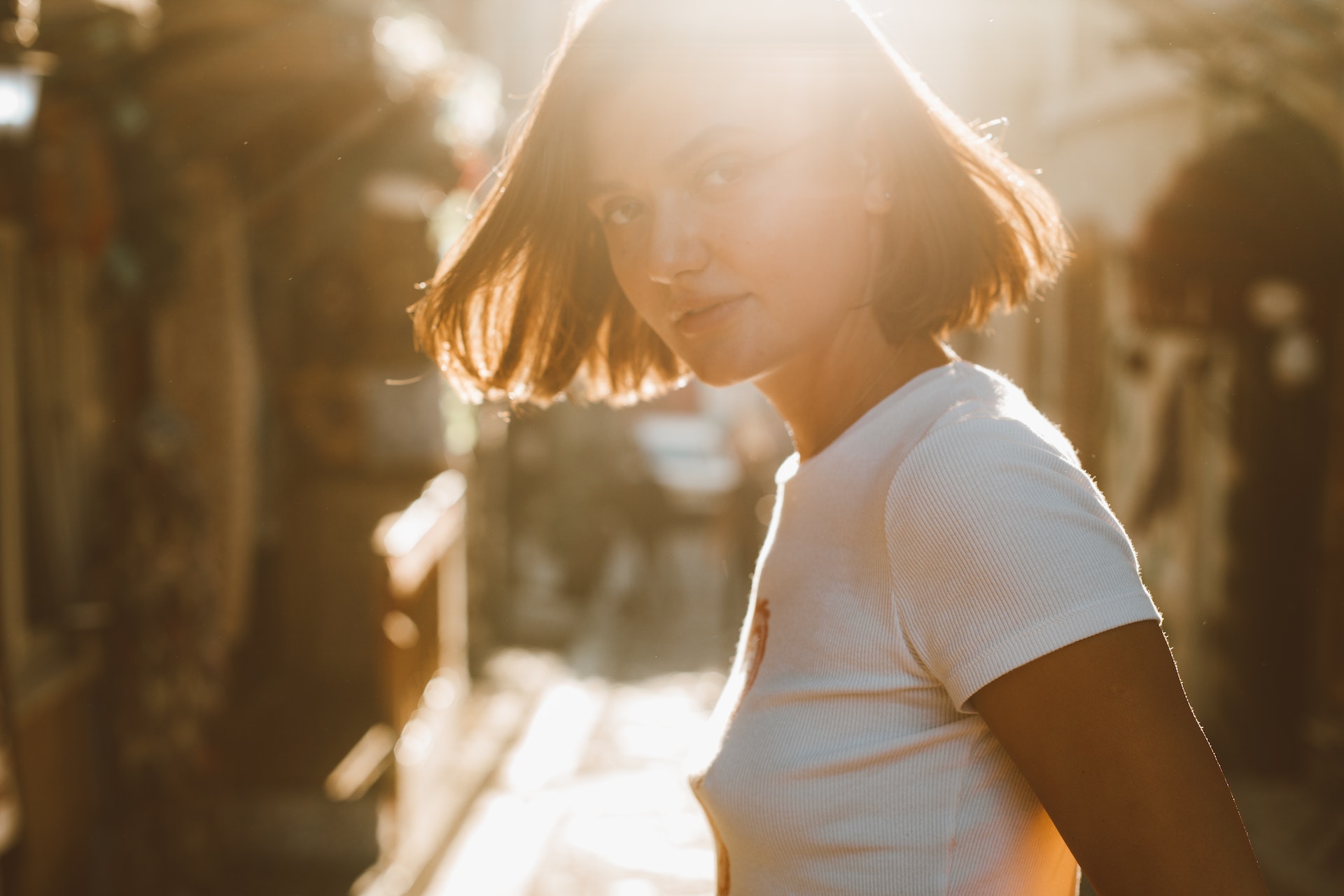
27 Apr The Benefits of Natural Light for Headshot Photography
As a headshot photographer, I understand the importance of lighting in capturing the perfect headshot. Natural light, in particular, offers several benefits that make it an excellent choice for headshot photography. In this article, we will explore these benefits, techniques for using natural light, and tips for getting the best results.
What is Natural Light?
Natural light is the illumination provided by the sun, and it differs from artificial light sources like lamps and studio lights. Although artificial lights can be useful, natural light offers unique advantages for headshot photography.
Benefits of Natural Light for Headshot Photography
Natural light is more Flattering
Natural light can enhance facial features and create a more flattering look. Soft natural light, in particular, can help to smooth out blemishes and wrinkles, resulting in a more youthful appearance.
According to a study conducted by the Journal of Social Psychology, people who were photographed in natural light were perceived as more attractive, confident, and likable compared to those photographed in artificial light.
Natural Light is More Versatile
Natural light can be manipulated to create different moods and effects, making it a more versatile option for headshot photography. It can be used to create a bright, energetic look or a more subdued, intimate feel.
In a study published in the Journal of Experimental Psychology, participants rated photographs taken in natural light as more pleasant, comforting, and natural than those taken in artificial light.
Natural Light is Cost-Effective
Natural light is free, and it is easily accessible, making it a cost-effective option for headshot photography. It eliminates the need to invest in expensive lighting equipment, which can save photographers money.
Techniques for Using Natural Light in Headshot Photography
Finding the Best Natural Light
Different types of natural light produce different effects, so it is essential to find the best light for your headshot. The golden hour, which occurs during the first hour of sunlight and the last hour before sunset, is the ideal time to shoot in natural light.
Using Reflectors and Diffusers
Reflectors and diffusers can help to enhance natural light and reduce harsh shadows. Reflectors bounce natural light back onto your subject, while diffusers soften and scatter the light to create a more even and natural look.
Shooting during the Golden Hour
Shooting during the golden hour can produce stunning results, as the light is soft and warm, creating a beautiful, natural glow on your subject’s face. This light is particularly flattering for headshots, as it helps to smooth out imperfections and create a youthful, vibrant look.
Preparing for a Natural Light Headshot Shoot
Communicating with Clients
Communication is essential when it comes to preparing clients for a natural light shoot. Let your clients know what to expect and provide guidance on what they should wear, how to style their hair and makeup, and what time of day to schedule the shoot.
Choosing the Right Time and Location
The time and location of your shoot can significantly impact the quality of your headshots. The golden hour is the best time to shoot in natural light, and it is essential to choose a location that offers a variety of lighting options.
Preparing Equipment
When shooting in natural light, you need to prepare your equipment accordingly. You will need a camera with manual mode and a lens that can handle low-light situations. It is also a good idea to bring a tripod, reflectors, and diffusers.
Tips for Getting the Best Results
Shoot in RAW
Shooting in RAW format allows you to capture more detail and make adjustments to the exposure, color, and contrast of your photos in post-processing. This gives you more control over the final result and allows you to enhance the natural light in your headshots.
Pay Attention to the Background
The background of your headshot can significantly impact the final result. Choose a background that is simple and unobtrusive, allowing the focus to remain on your subject. Also, make sure that the background is well-lit and complements the natural light.
Use Manual Mode
Manual mode gives you greater control over your camera settings, allowing you to fine-tune your exposure, shutter speed, and aperture to get the best results in natural light. This is especially important when shooting in low-light situations.
Post-Processing Natural Light Headshots
Editing Software Options
There are several editing software options available, including Adobe Photoshop and Lightroom, that allow you to make adjustments to your headshots. These software options provide various tools and features to enhance the natural light in your headshots.
Basic Editing Tips
When editing your natural light headshots, it is essential to make subtle adjustments to maintain a natural look. Basic editing techniques, such as adjusting exposure, color, and contrast, can help to enhance the natural light in your headshots.

Frequently Asked Questions
- Is natural light always the best option for headshot photography?
Natural light is an excellent option for headshot photography, but it may not always be available or appropriate for every shoot. Artificial light can be a useful alternative, depending on the location and time of day. - How can I find the best natural light for my headshot?
Experimenting with different types of natural light and shooting during the golden hour are great ways to find the best natural light for your headshot. - What equipment do I need for a natural light headshot shoot?
You will need a camera with manual mode, a lens that can handle low-light situations, and possibly a tripod, reflectors, and diffusers. - How do I prepare my clients for a natural light headshot shoot?
Communication is key when preparing clients for a natural light headshot shoot. Provide guidance on what to wear, how to style their hair and makeup, and what time of day to schedule the shoot. - Can I edit natural light headshots?
Yes, you can edit natural light headshots to enhance the natural light and make other adjustments. However, it is important to make subtle adjustments to maintain a natural look. - What if it’s cloudy or overcast on the day of the shoot?
Cloudy or overcast days can still provide excellent natural light for headshot photography. The light may be more diffuse and soft, creating a more even and flattering look.
In conclusion, natural light offers several benefits for headshot photography, including its ability to enhance facial features, versatility, and cost-effectiveness. By following the techniques and tips shared in this article, headshot photographers can capture stunning and natural-looking headshots using natural light. So why not give it a try and see the difference it can make in your work?

